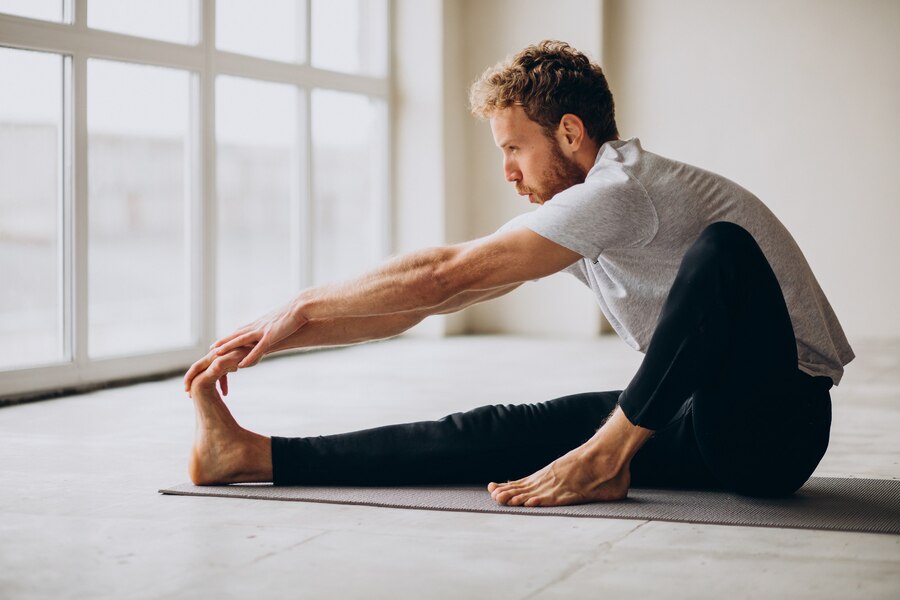The satisfaction derived from a good stretch is a universally appreciated sensation. But why do stretches feel good? This article delves into the science behind the pleasurable sensation of stretching, uncovering its benefits and the reasons it contributes to a sense of well-being.
Take a look at this blog article to prevent muscle soreness by doing proper workouts and stretches.
Contents
The Science of Stretching and Pleasure
Understanding the Pleasurable Sensation: Why does stretches feel good? The answer lies in the physiological changes that occur within our bodies during a stretch. When we stretch, our muscles release endorphins, often referred to as ‘feel-good hormones,’ which promote relaxation and alleviate tension. This release of endorphins contributes significantly to the pleasurable sensation experienced during and after stretching.
Developmental vs. Static vs. Dynamic Stretching: Exploring various types of stretching is crucial in understanding the pleasurable aspects. Developmental stretching aims at gradually increasing flexibility over time, while static stretching involves holding a stretch for a period without movement, and dynamic stretching involves moving through a range of motion. Each type offers distinct benefits in terms of flexibility and the pleasurable sensations they generate.
Enhancing Flexibility Through Training: Flexibility is an essential component of fitness, and training for flexibility is achievable through consistent effort. Incorporating flexible training into workout routines not only aids in achieving better flexibility but also promotes better circulation and reduces the risk of injuries.
The Psychology of Pleasure in Stretching
Pleasure and Pain Thresholds: Our body’s response to stretching is not merely physical but also psychological. Understanding individual pain thresholds and learning to differentiate between discomfort and pain is crucial in experiencing the pleasure of stretching without causing harm.
Fitness and Flexibility Assessment: A fitness flexibility test helps individuals gauge their current flexibility levels. Monitoring progress through these assessments is not only motivating but also aids in setting achievable flexibility goals.
Flexibility in Sports and Exercises: The significance of flexibility in sport cannot be overstated. What is flexibility in sport? It’s the ability to move joints and muscles through their full range of motion, crucial for performance enhancement and injury prevention.
Dynamic vs. Static Stretching for Lower Body Flexibility
Dynamic Stretching for Lower Body: Dynamic stretching involves controlled movements that mimic exercise-specific movements, making it ideal for warming up. For lower body flexibility, dynamic stretches like leg swings or lunges can prepare muscles for physical activity while feeling invigorating.
Static Stretching and Its Impact: On the other hand, static stretching entails holding a stretch without movement, promoting relaxation and elongation of muscles. When focusing on lower body flexibility, static stretches like hamstring stretches or quad stretches can provide a sense of deep release.
Balancing Stretching Techniques: Combining both dynamic and static stretching in a lower body flexibility routine can create a balanced approach, enhancing performance and reducing the risk of injuries.

